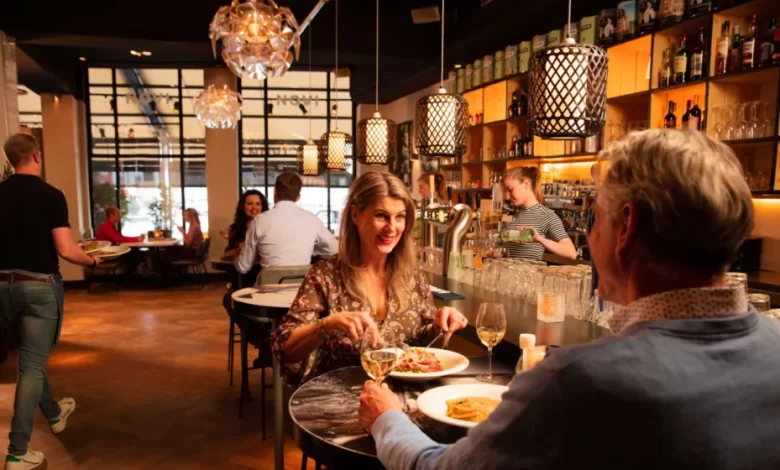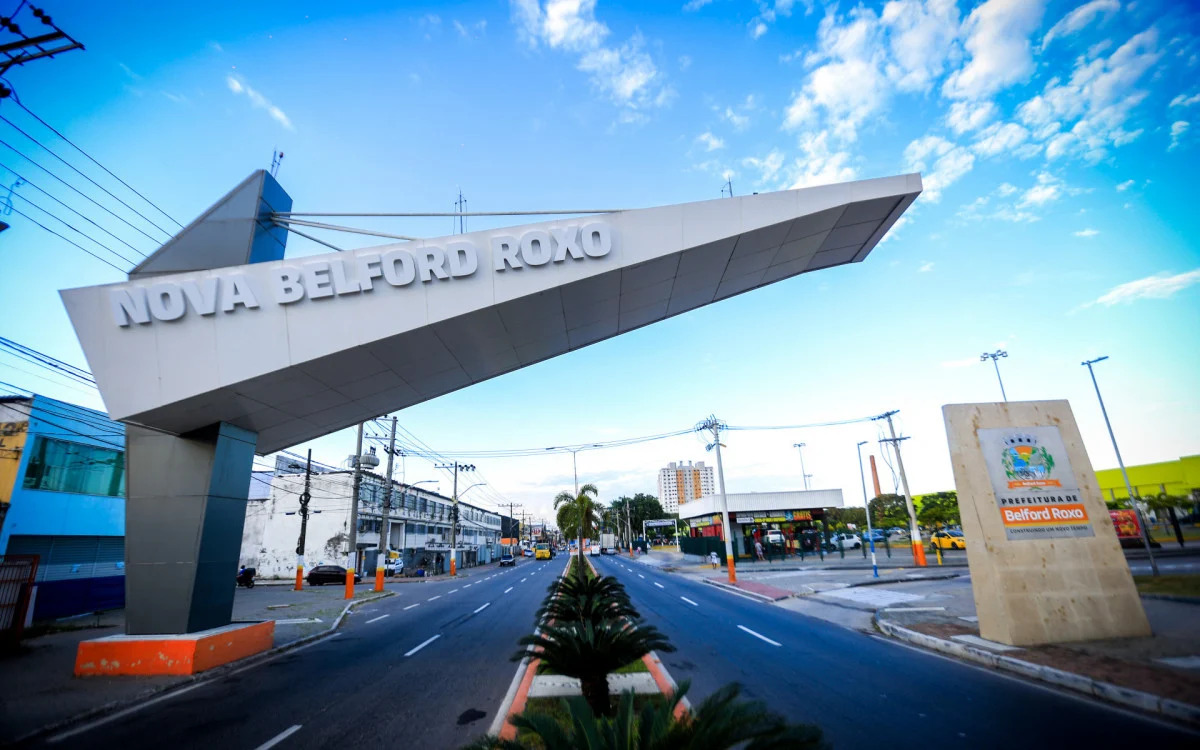todozoo.com – Kim Jee-woon’s 2010 South Korean neo-noir action thriller I Saw the Devil is a brutal and disturbing exploration of revenge, blurring the lines between hunter and hunted. The film presents a chilling cat-and-mouse game between a special agent seeking vengeance for his fiancée’s murder and a psychopathic serial killer. This article delves into the film’s narrative, characters, themes, and lasting impact, examining its controversial nature and its exploration of extreme violence.
A Cycle of Violence Begins: Plot Summary
The story centers on Kim Soo-hyun, a highly trained special agent whose fiancée, Joo-yeon, is brutally murdered by Kyung-chul, a sadistic serial killer who derives pleasure from inflicting unimaginable suffering. Consumed by grief and rage, Soo-hyun abandons his duties and embarks on a personal vendetta against Kyung-chul.
Instead of simply killing him, Soo-hyun chooses to capture Kyung-chul and inflict a series of brutal punishments, releasing him only to hunt him down again and subject him to further torment. This twisted game of cat and mouse escalates into a horrifying cycle of violence, as Soo-hyun descends further into darkness, mirroring the very evil he seeks to destroy.
Two Sides of the Same Coin: Character Analysis
The film presents two compelling yet disturbing characters:
- Kim Soo-hyun: Played with chilling intensity by Lee Byung-hun, Soo-hyun is a man driven by grief and a thirst for revenge. His methodical approach to inflicting pain reveals a dark side that emerges as he becomes increasingly obsessed with his mission.
- Kyung-chul: Portrayed with terrifying realism by Choi Min-sik, Kyung-chul is a remorseless psychopath who embodies pure evil. His complete lack of empathy and his enjoyment of inflicting suffering make him a truly disturbing antagonist.
Themes of Revenge, Morality, and the Nature of Evil
I Saw the Devil explores several complex and unsettling themes:
- Revenge: The film delves into the destructive nature of revenge, portraying how it can consume individuals and lead them down a path of moral decay. Soo-hyun’s relentless pursuit of revenge ultimately transforms him into something akin to the monster he hunts.
- Morality: The film raises questions about the nature of good and evil, and whether it is possible to fight evil without becoming tainted by it. Soo-hyun’s actions force the audience to confront the uncomfortable truth that even those driven by righteous anger can cross the line into barbarity.
- The Nature of Evil: Kyung-chul represents a chilling depiction of pure evil, devoid of any redeeming qualities. The film explores the disturbing reality of psychopathy and the devastating impact it can have on its victims.
Controversy and Critical Reception
I Saw the Devil generated significant controversy upon its release due to its extreme violence and graphic depictions of torture. Some critics praised the film’s artistic merit and its exploration of complex themes, while others condemned its excessive brutality. The film was even given a limited release in some countries due to its graphic content.
Despite the controversy, I Saw the Devil has garnered a cult following and is considered by many to be a modern classic of the revenge thriller genre. Its unflinching depiction of violence and its exploration of dark themes have cemented its place as a disturbing yet thought-provoking cinematic experience.
Conclusion
I Saw the Devil is not an easy film to watch. Its graphic violence and disturbing themes make it a challenging and often unsettling experience. However, it is also a powerful and thought-provoking film that explores the darkest aspects of human nature. It is a film that stays with you long after the credits have rolled, prompting reflection on the nature of revenge, morality, and the thin line that separates good and evil.




